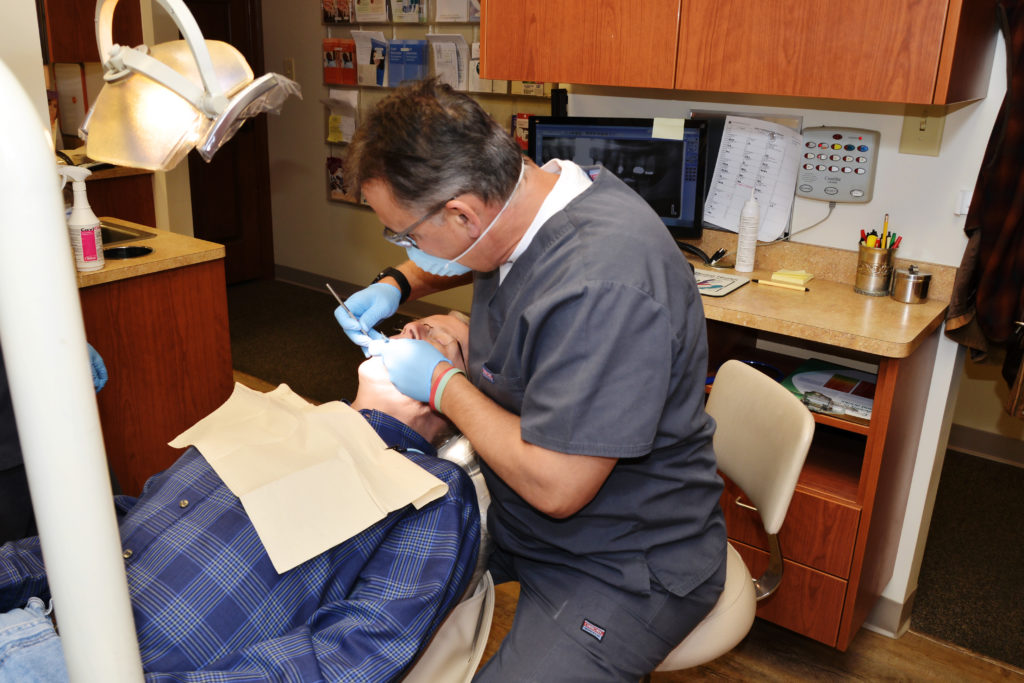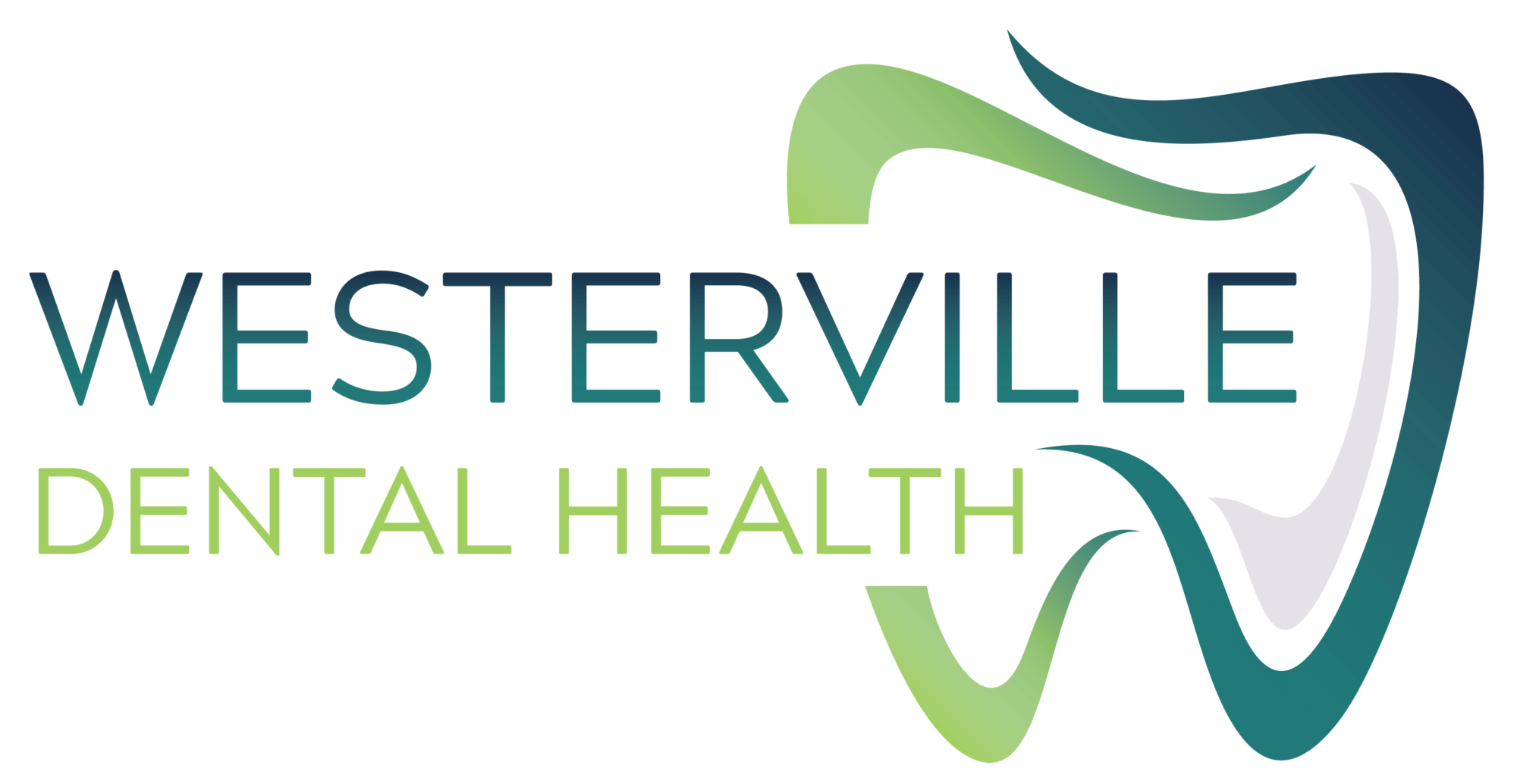
Periodontitis is the term for gum disease. This condition can greatly affect the health of your teeth, gums, and jawbone, as well as your total overall health. If you are suffering from gum disease, you may need periodontal treatment.
How do I know if I need periodontal treatment?
To determine whether you are a candidate for periodontal treatment, we will review your medical history and lifestyle choices, and complete a thorough medical examination. Factors such as smoking and the use of certain medications can greatly increase your risk for gum disease. Changes in your hormones, like pregnancy, can also play a role.
During our medical exam, we will look at the pocket depth of your gums. The pocket depth refers to the gap between the tooth and the gumline where bacteria and plaque can lodge and create buildup. We will also look for bleeding, which can be a huge indicator of periodontitis. If we believe that you are experiencing severe gum disease, we may also take X-rays. These will help us to more clearly see the depth of your gum pockets and to look for any signs of bone loss.
Non-Surgical Treatment Options
Non-surgical treatment for this condition is ideal because it is the least invasive, making it the safest and most affordable option. This treatment option involves less healing time, meaning that you can get back to your normal schedule fairly quickly.
Scaling and root planing are popular non-surgical options to combat gum disease because they involve a thorough cleaning of the pockets to protect teeth from any further damage. This cleaning of the tooth root removes plaque and tartar that is often missed during regular brushings from deep within the gum line. The dental root is smoothed during the treatment, loosening and clearing any bacteria and toxins.
More severe cases may require additional therapy, like medication or minor procedures. Dr. Malik will advise depending on your specific case information. Other treatment options may include antibiotics or topical and oral solutions, like a specialized mouth rinse or gel. These products will work to attack infections by eliminating bacteria.
Surgical Treatment Options
There are times where more aggressive treatment may be required and surgery may be unavoidable. There are several different types of surgery used for gum disease.
- Flap, or pocket reduction, surgery – when flaps of gum tissues are lifted back, allowing us to address the bone loss before correcting gum tissues.
- Soft tissue grafts – used to combat a receding gum line, tissue may be removed from the roof of your mouth and sewn onto the gumline to eliminate exposure of the roots
- Bone grafting – needed for more severe cases when the bone was been destroyed. It uses either your own bone or a synthetic/donated substitute to replace the missing bone and to anchor the tooth into place. This, in turn, stimulates regrowth of your natural bone.
- Guided tissue regeneration – when biocompatible tissue is used to block the regrowth of tissue so that the bone can grow and form.
- Tissue-stimulating proteins – a specially formulated gel that stimulates regrowth of bone and tissue by curing the bad root of a tooth.
Gum disease can greatly impact your overall health and is nothing to take lightly. During your regular dental check-ups and hygiene exams, we will look for early signs of periodontitis, which is why it is important to come see us every six months. If you believe you are suffering from gum disease or want to learn more about our treatment options, contact our office or give us a call today at (614)-882-6741.

